holes in my oak tree leaves
sightunseen
11 years ago
Featured Answer
Sort by:Oldest
Comments (23)
ken_adrian Adrian MI cold Z5
11 years agolast modified: 9 years agosightunseen
11 years agolast modified: 9 years agoRelated Discussions
Hole in oak tree that collects water and rots
Comments (47)I know Brandon-for those of us who have been engaged in this subject, A. Shigo is hardly news. And too, like you, I don't 100% agree with everything he said. What he represents to me at this point is the starting point for beginning to learn about tree care that is based on tree biology, not what Elmer across the street said! +oM ps......The tree wound in question tells a complete tale as to why decay was able to advance. Note the shape of the pruning wound-pointed on the bottom. That's where the weight of the limb caused the bark and some cambium to be torn off because the person who made the cut didn't know or care to do it properly. At this point, the tree's natural defenses were compromised and decay was inevitable. I know you know all this Brandon. Maybe, just maybe, someone who is still clinging to long outmoded ideas will take note. Maybe not!...See MoreLive Oak Tree losing leave - Advice Please!!
Comments (4)Yea, I think I was a little too focused on watering, I just hope it's not too late. I know live oaks loose their leaves around this time, it just seemed odd to me that they are falling off from the outside and working inwardly. As for the fertilizer, I found out after I planted the tree that it wasn't recommended. And yes, the hole was 3x wide not deep. I'm hoping here directly I'll see some new buds coming out so I can be at ease!!...See MoreWhy does my oak tree have 2 different kind of leaves?
Comments (5)Me again. I have 2 Burr oaks, both have very different leaves. My Musser forest Burr oak seems to have bristle tips, but it should'nt. My Burr oak from Dax's acorn has perfect text book shaped leaves, meaning that Identification book showing Burr oak leaves, is what the Dax's acorn Burr oak has....See MoreHoles in my Bell Pepper leaves
Comments (2)I have the same problem. I went outside earlier today and found a huge slug munching on one of the pepper plants. It might be slugs....See Morec2g
11 years agolast modified: 9 years agodricha
11 years agolast modified: 9 years agowisconsitom
11 years agolast modified: 9 years agosightunseen
11 years agolast modified: 9 years agoilovemytrees
11 years agolast modified: 9 years agoilovemytrees
11 years agolast modified: 9 years agoIris GW
11 years agolast modified: 9 years agoilovemytrees
11 years agolast modified: 9 years agoIris GW
11 years agolast modified: 9 years agowisconsitom
11 years agolast modified: 9 years agoilovemytrees
11 years agolast modified: 9 years agoIris GW
11 years agolast modified: 9 years agoarktrees
11 years agolast modified: 9 years agowisconsitom
11 years agolast modified: 9 years agowisconsitom
11 years agolast modified: 9 years agoarktrees
11 years agolast modified: 9 years agoilovemytrees
11 years agolast modified: 9 years agoarktrees
11 years agolast modified: 9 years agowisconsitom
11 years agolast modified: 9 years agoHU-750595643
2 years ago
Related Stories

FALL GARDENING5 Ways to Put Fall Leaves to Work in Your Garden
Improve your soil and yard the organic way with a valuable garden booster that grows on trees
Full Story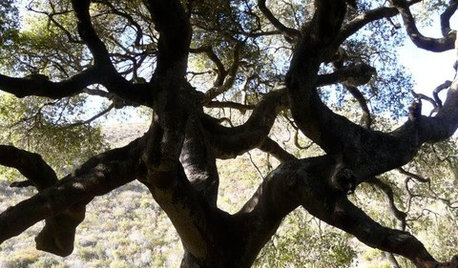
CALIFORNIA NATIVE PLANTSGreat Design Plant: Coast Live Oak
The stuff of legends and memories, this California tree is one to build a whole landscape around
Full Story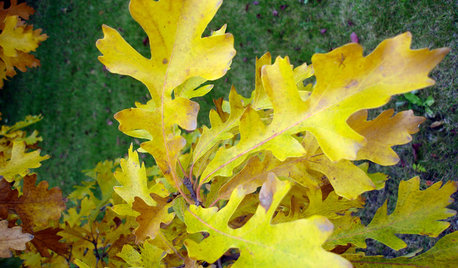
GARDENING GUIDESCelebrate Eastern Oaks for Wildlife, Longevity and Seasonal Interest
There might not be a more important tree to have in your eastern U.S. landscape — if you can fit one in
Full Story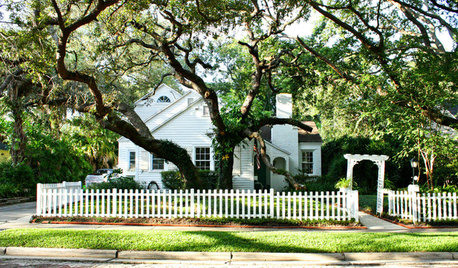
TREESGreat Design Plant: Southern Live Oak Offers an Unbeatable Canopy
Keep it dense or prune it for more light. No matter how you grow Quercus virginiana, it’s a majestic addition to its native landscape
Full Story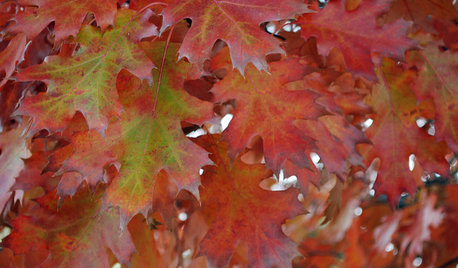
GARDENING GUIDES6 Healthy Ways to Handle Fallen Leaves
Once nature's beautiful bounty is spent, these ecofriendly strategies for leaves will put your yard in the clear
Full Story
GARDENING GUIDESWhat's Wrong With My Plant? Leaves Often Hold the Clues
Learn how to identify common plant ailments by reading their leaves
Full Story
LAUNDRY ROOMSRoom of the Day: The Laundry Room No One Wants to Leave
The Hardworking Home: Ocean views, vaulted ceilings and extensive counter and storage space make this hub a joy to work in
Full Story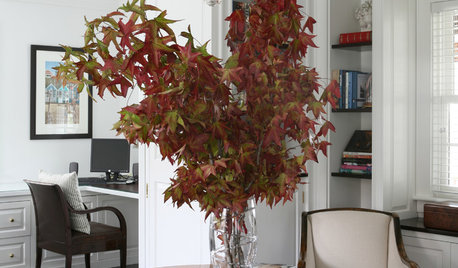
DECORATING GUIDES9 Easy Ways to Decorate With Autumn Leaves
Give your home a burst of color that can be used Halloween through Thanksgiving
Full Story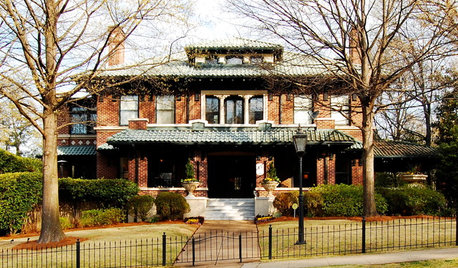
ARCHITECTUREStates of Style: Alabama’s Icons Leave Their Mark
In the first of a new series, discover the natural beauty, the architectural icons and some of our favorite homes deep in the heart of Dixie
Full Story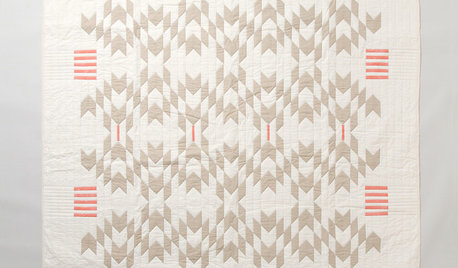
PRODUCT PICKSGuest Picks: Get Summer Camp Style Without Leaving Home
Create a relaxed, outdoorsy feel with a touch of nostalgia, by bunking with these games, artworks and accessories
Full Story


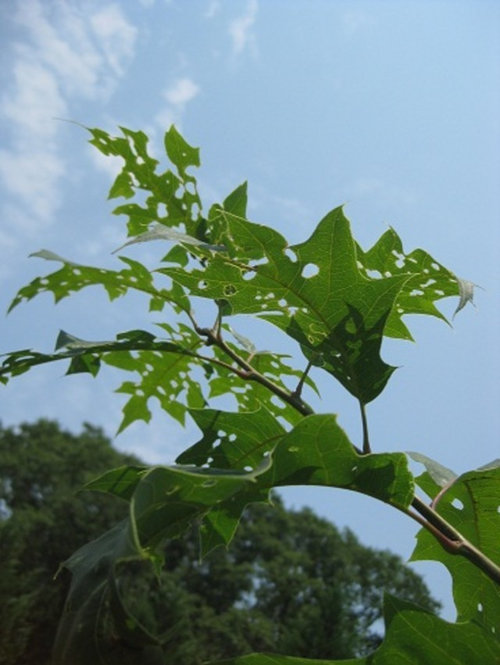



greenthumbzdude